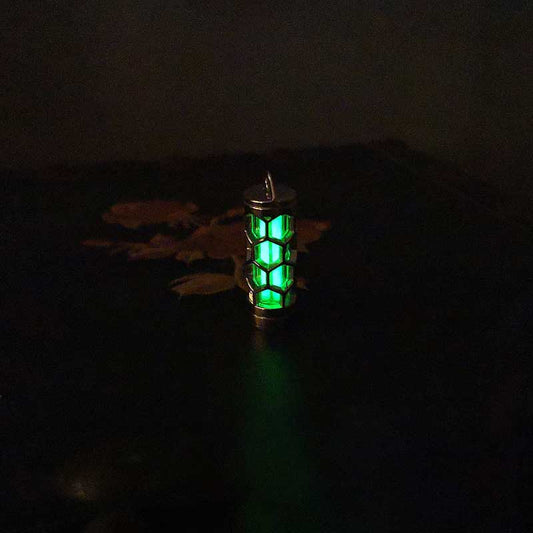The Allure of Lab-Made Diamonds A Modern Marvel
The Allure of Lab-Made Diamonds A Modern Marvel
Just last week, my friend Emma, renowned for her impeccable taste and an innate skepticism towards trends, walked into a room brandishing a ring that sparkled with such brilliance, it made everyone stop mid-sentence. It wasn’t just any diamond; it was a lab-made diamond, the gemstone equivalent of a concept car in a world of sedans. As she recounted with her usual flair, this particular gem had caused quite a stir at a family gathering when her uncle, a geology enthusiast, refused to believe it wasn’t mined from the depths of a volcanic crater.
Lab-made diamonds, also known as synthetic diamonds, are fascinating products of modern technology that carry as much allure as their mined counterparts. For those of us who marvel at the intersection of science and art, the process is nothing short of magical. Imagine carbon atoms arranged with mathematical precision, layer upon layer, in a plasma chamber, eventually forming a structure as intricate as nature’s. This laboratory alchemy, grounded in methods like Chemical Vapor Deposition (CVD) or High Pressure-High Temperature (HPHT), may lack the drama of volcanic eruptions, but it certainly matches that geological grandeur.
However, let’s address the perceived elephant in the room: the authenticity of lab-made diamonds. It’s a common misconception that these gems are somehow inferior because they’re crafted rather than discovered. Emma’s gemologist uncle used to say, “Real diamonds carry stories of the earth’s history.” But isn’t there also a striking narrative in a gemstone born from human ingenuity, free from environmental tolls and humanitarian concerns often tied to traditional diamond mining? To me, and many others, this is a narrative of progress, sustainability, and ethical sensibility.
The cultural shift toward lab-grown diamonds is also worth noting. They’re not merely a fad. The growing preference for these gems reflects a broader desire for sustainability in all facets of life, from the food we eat to the cars we drive. Young couples today are increasingly opting for a ring that symbolizes not just love, but also a commitment to a better planet. Emma frequently ponders aloud in her mock serious tone, “How’s it possible that something so shiny could be so green?” But indeed, the reduced carbon footprint of lab-made diamonds is a glint of hope amidst the climate crisis.
It’s this blend of ethics, innovation, and beauty that makes lab-made diamonds irresistibly appealing. While some traditionalists might still hold onto the notion that a diamond’s worth lies in its natural origin, the truth is more nuanced. A lab-made diamond encapsulates a fusion of old-world elegance and new-world conscience, delivering beauty without compromise.
So, as Emma proudly wiggled her fingers, catching the sunlight just right, she winked and said, “Who knew a little lab work could lead to perfection?” It’s a reminder that sometimes, the sparkle is in the story behind the gem, as much as in the gem itself.































